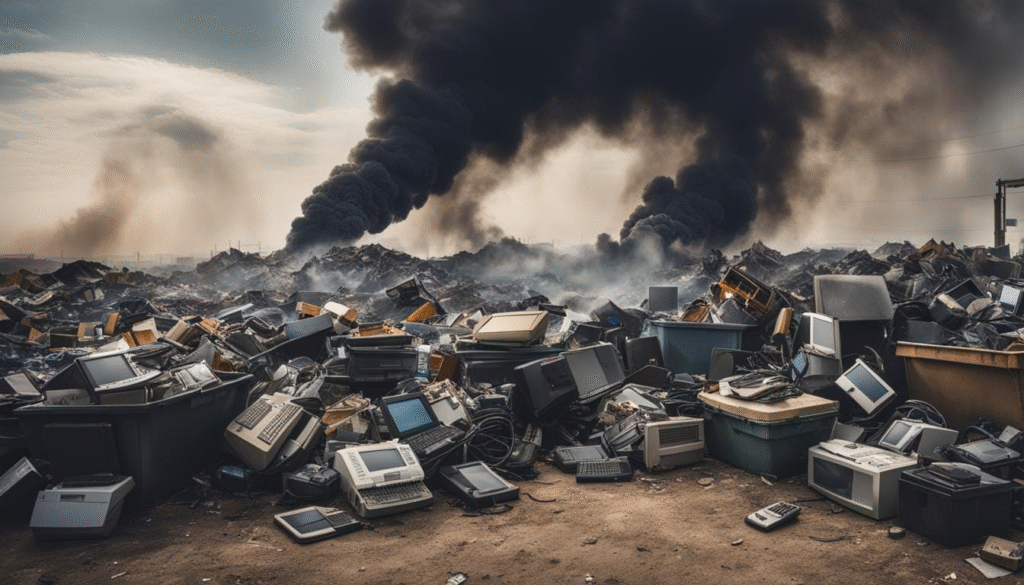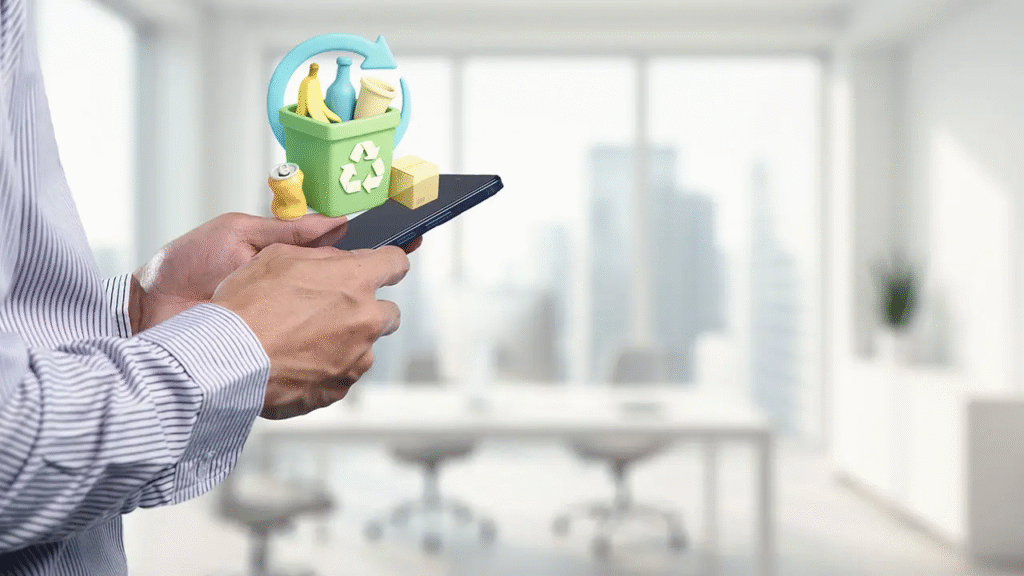Now Reading: Electronics Are Silent Polluters: How Gadgets Harm Our Planet 2025
-
01
Electronics Are Silent Polluters: How Gadgets Harm Our Planet 2025
Electronics Are Silent Polluters: How Gadgets Harm Our Planet 2025

Table of Contents
From smartphones and laptops to refrigerators and TVs, electronics have become an inseparable part of modern life. While these devices offer comfort, speed, and connectivity, they also carry a hidden cost. Electronics are now among the top contributors to global e-waste, energy consumption, and environmental pollution.
In recent years, experts and environmental organizations have raised alarms over the massive and growing impact of the electronics industry. As technology advances rapidly, people are replacing their gadgets more often, creating a cycle of production and disposal that harms the planet.
E-Waste: The Fastest-Growing Waste Stream in the World
Electronic waste, or e-waste, refers to discarded electronic devices that are no longer useful or wanted. According to the Global E-Waste Monitor 2024, the world generated 62 million metric tons of e-waste in 2023 a record-breaking amount. Shockingly, only 22% of that waste was properly recycled.
E-waste contains harmful substances like lead, mercury, cadmium, and brominated flame retardants. When not disposed of correctly, these toxic materials can seep into the soil, water, and air, posing serious health risks to humans and animals alike.
Unfortunately, much of the world’s e-waste ends up in developing countries, where informal recycling methods expose workers, including children, to dangerous conditions. Burning wires to extract copper or soaking circuit boards in acid is common practice and extremely hazardous.
Why Are Electronics a Major Environmental Problem?

Electronics contribute to environmental problems in multiple ways, not just during disposal. The entire life cycle of an electronic product from mining raw materials to manufacturing, usage, and disposal has significant environmental impacts.
1. Mining Rare Earth Metals
Most electronic devices require rare earth metals like cobalt, lithium, and nickel. Mining these resources is highly destructive. It often involves deforestation, water pollution, and human rights violations in countries like the Democratic Republic of Congo.
2. High Energy Use in Manufacturing
Making electronics is energy-intensive. For instance, producing a single smartphone involves over 70 different materials and releases 75 kilograms of carbon dioxide before it even reaches the customer. This adds to the global carbon footprint and accelerates climate change.
3. Power Consumption During Use
Electronics continue to use energy after purchase. Devices like air conditioners, refrigerators, televisions, and gaming consoles contribute significantly to household energy consumption. In fact, studies show that electronics account for about 15% of total residential electricity usage in many developed countries.
The Upgrade Culture: A Big Part of the Problem
One key reason electronics are top contributors to e-waste is the culture of fast upgrades. Many tech companies launch new models every year, encouraging consumers to upgrade even if their current devices work fine.
Marketing plays a huge role in convincing people that newer is better. But every time someone tosses a “still-working” phone to buy the latest one, the planet pays the price.
Moreover, many devices are intentionally designed to be non-repairable or have short lifespans. Known as planned obsolescence, this practice forces consumers to replace gadgets rather than repair them.
What Can Be Done?

Governments, companies, and individuals all have a role to play in reducing the negative impact of electronics.
1. Stronger E-Waste Regulations
Countries need stricter laws to manage the disposal and recycling of electronics. The European Union has taken steps with its Right to Repair law, making it easier for people to fix their devices. Similar rules are slowly spreading to other parts of the world.
2. Promoting Sustainable Design
Tech companies must be encouraged or required to design products that last longer, use fewer toxic materials, and are easier to recycle or repair. Eco-friendly product labeling can also help consumers make better choices.
3. Recycling and Reuse
Setting up more certified e-waste recycling centers is critical. Consumers should be educated about where and how to safely recycle old electronics. Even better, devices can be donated, refurbished, or sold to extend their life cycle.
4. Personal Responsibility
Every consumer can help by making conscious choices. Before buying a new gadget, ask:
- Do I really need this?
- Can I repair my current device?
- Is there a second-hand option?
Small actions, when multiplied, can lead to big change.
Final Thoughts
As technology continues to evolve, our dependence on electronics will only grow. But we must also recognize that with convenience comes responsibility. Electronics are top contributors to many of today’s environmental challenges but they don’t have to be.
Through smarter design, responsible consumption, and global cooperation, we can build a future where technology works with the planet, not against it.
Read More:- Shobha Realty Launches Its Most Luxurious Project Yet—Full Details Inside 2025





















